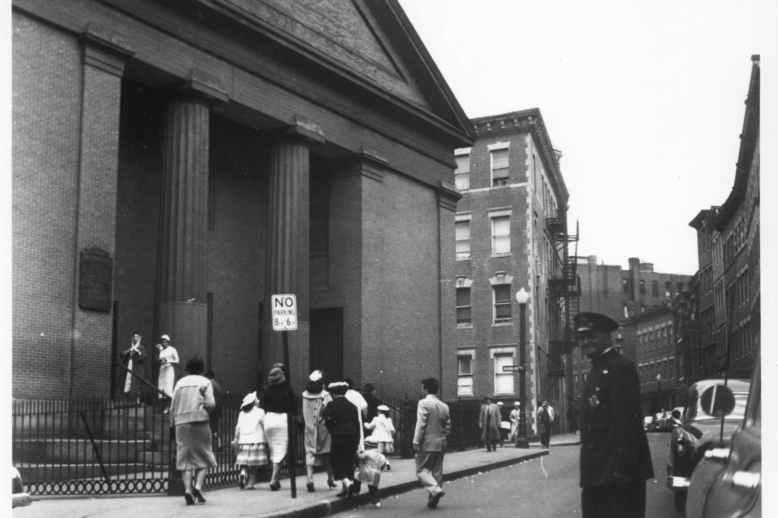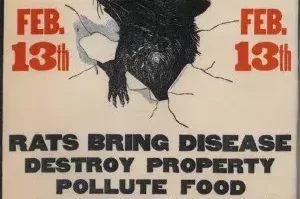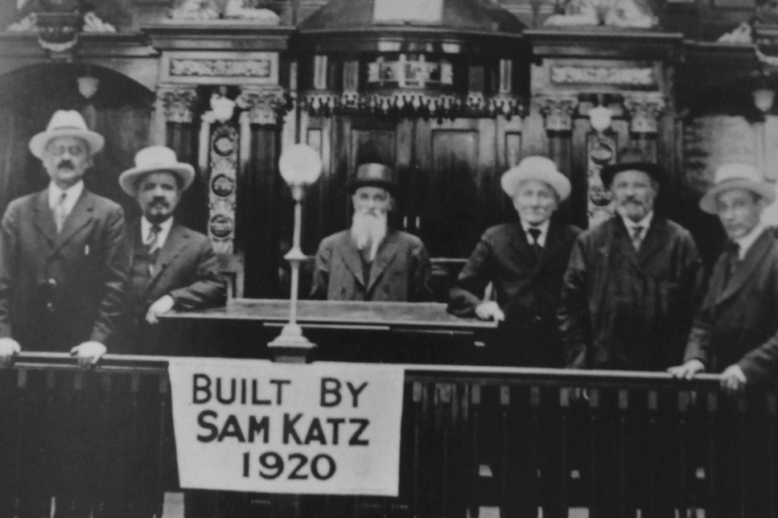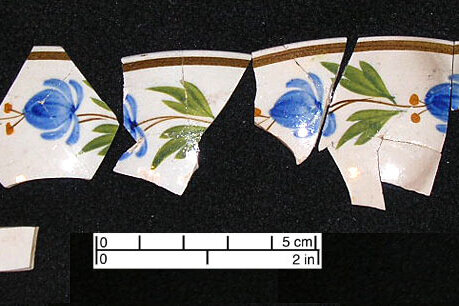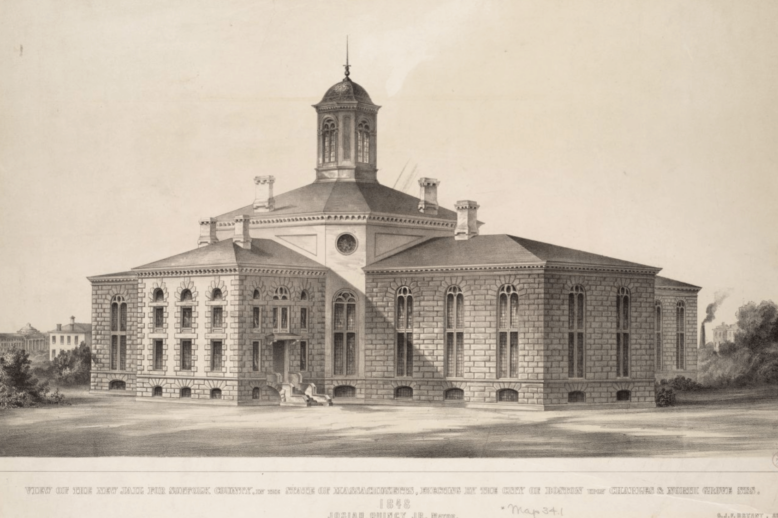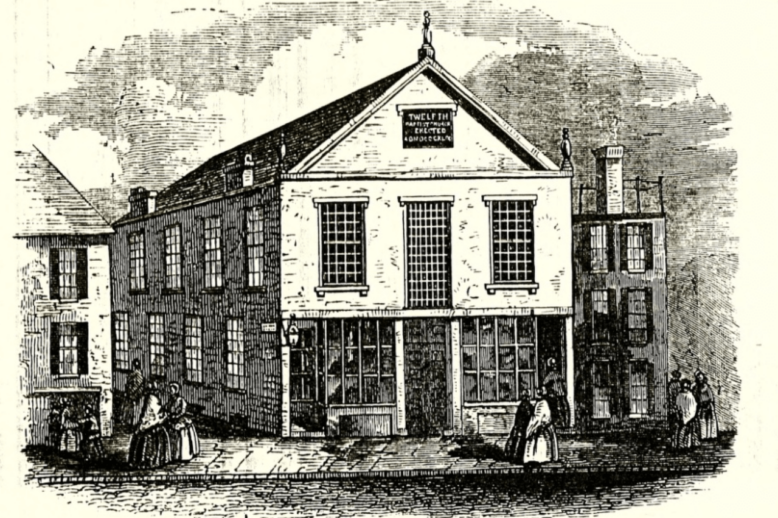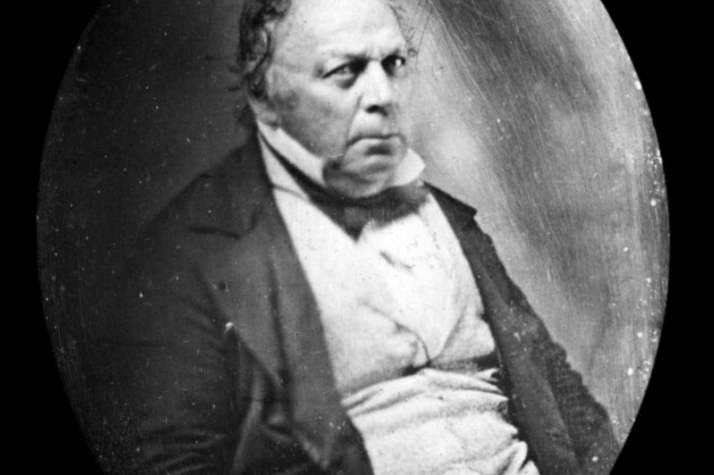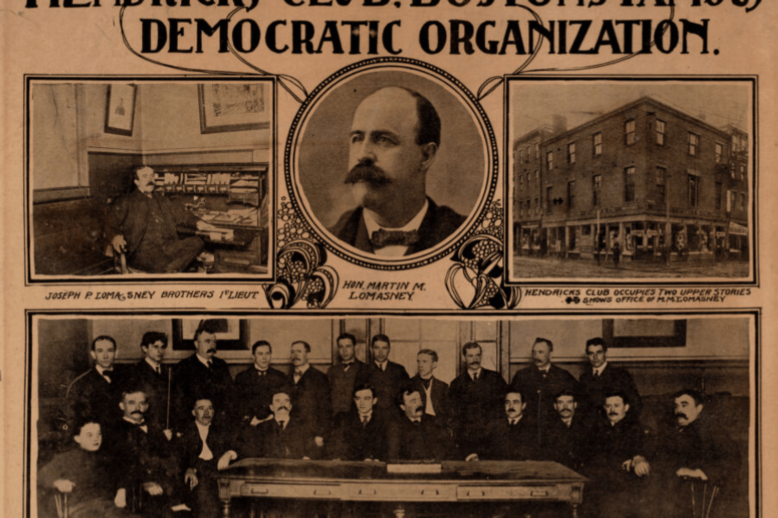The Catholic Church and the Destruction of Boston’s West End
The Catholic Church and the Destruction of Boston’s West End The Catholic Church was more than a religious institution in 20th century Boston. It was a land holder as well as a facilitator and participant in urban renewal. The Church’s role raises questions on accountability and how powerful institutions can abandon the people who put…


